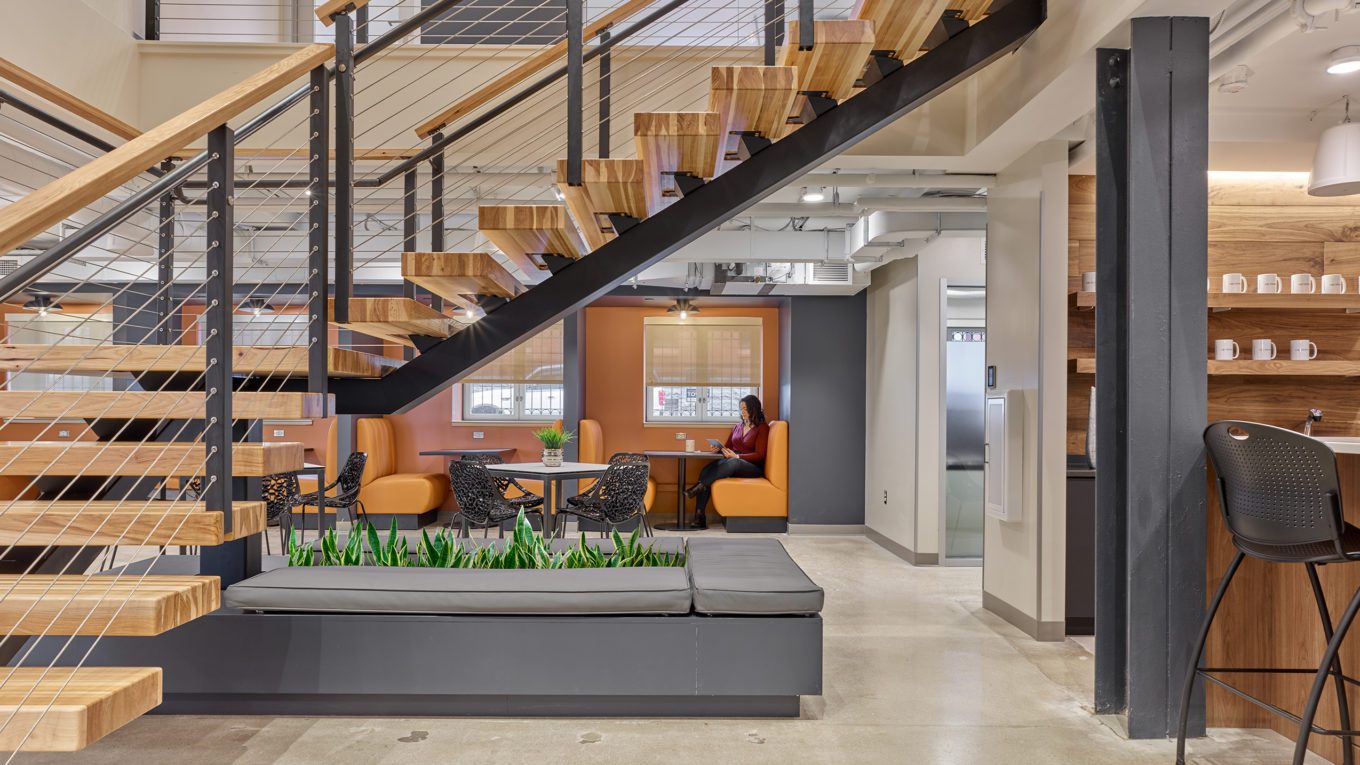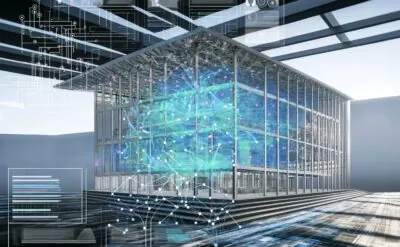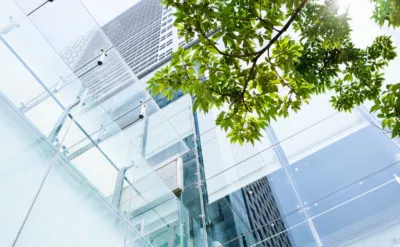Offices are reopening, but not everyone is coming back. New surveys are published daily citing why employees don’t want to return to the office on a full-time basis but like the idea of a hybrid model where they can come and go. How do companies prepare for design changes in the workplace to create a better employee experience when they are in the office? Can the new hybrid workplace deliver a phygital environment for all generations?
In this Insight Article, William Westhafer, Vice President, Commercial at NORR, held a roundtable discovery with his team to identify the key drivers that help bring together the physical and digital requirements to create a successful modern hybrid office.
Choice
We’ve become accustomed to the freedoms and flexibilities of working from home, and while not all of them can carry over to the workplace, some can be recreated. Designing adaptive spaces that account for privacy and mobility is critical to a productive environment. We may start our day in a conference room, take a lunch meeting in the café and finish with an important personal call in an enclosed private space. These design elements can help create a symbiotic experience:
- Enclosed meeting rooms with flexible furniture and accessible technology
- Reservation systems and hot desking to account for changing needs of users
- Open meeting spaces with movable boundaries that adjust to the users’ needs
- Individual spaces for private phone calls, online meetings and quiet focus time
- Impromptu touch down stations in break rooms and lounge spaces and collaboration areas
- Café spaces that offer flexible seating for dining, collaboration and individual work
Good design accounts for human nature, and it is human nature to change our minds. We may feel inspired to move between rooms, trading our social habits for focused work or simple downtime. Individuals work differently, across generations and job types, so creating spaces that encourage choice is vital to providing employees with workspace flexibility for when they come to the office.
Access
Technology helped us work remotely during the pandemic, but the changing needs of different employees push the importance of connectivity even further. A meeting may now include several people in several different spaces on several different devices. Designing to bridge the physical, digital and generational gap means accounting for everyone’s preferred methods of communication:
- Connectivity at individual workstations, hot desks and private meeting spaces
- Power to support desktops, laptops, tablets and smartphones
- Audio Visual technology within meeting spaces to engage both in-person and remote participants
- WiFi and bandwidth solutions to account for mobile workers
- Interconnectivity across multiple platforms
Creating a seamless and integrated digital and physical space helps narrow the gap between users. Someone phoning in from their car should have the same experience as someone on a tablet in a beanbag chair at home. Designing the phygital workspace destination hub must provide equal access and build community.
Well-being
The pandemic taught us that promoting health is equally important as preventing sickness. Considering we spend 90% of our time indoors, it’s important to create an environment that could improve the health of users, while they are physically present, considering these elements:
- Touchless technology, smart materials, handwashing and sanitation stations
- More access to washrooms
- Visible signage, increased wayfinding and education
- Ventilation upgrades with improved HVAC systems
- Outdoor workspace, biophilic features, natural light
- Wellness rooms, meditation areas
Healthy buildings and spaces lead to increased cognitive function, higher productivity and better overall health. If we design the modern hybrid workplace under the premise that we should leave healthier at the end of the day than when we arrived, we create a positive employee experience. The office as a phygital destination hub means more than a place to get your work done. It should support the physical and mental well-being of everyone, whether they want to work in a large conference room, private pod or outside on the terrace. Ergonomic furniture, microbial finishes and access to fresh air are also essential.
Flexibility
The bottom line is that creating a hybrid office design that supports the individual needs of employees, (whether they are in the building or not) facilitates collaboration and community by embracing physical, digital and generational differences. Our needs are going to evolve over time, and the modern hybrid office must be able to respond to those needs. The starting point of your workplace strategy is flexibility.



